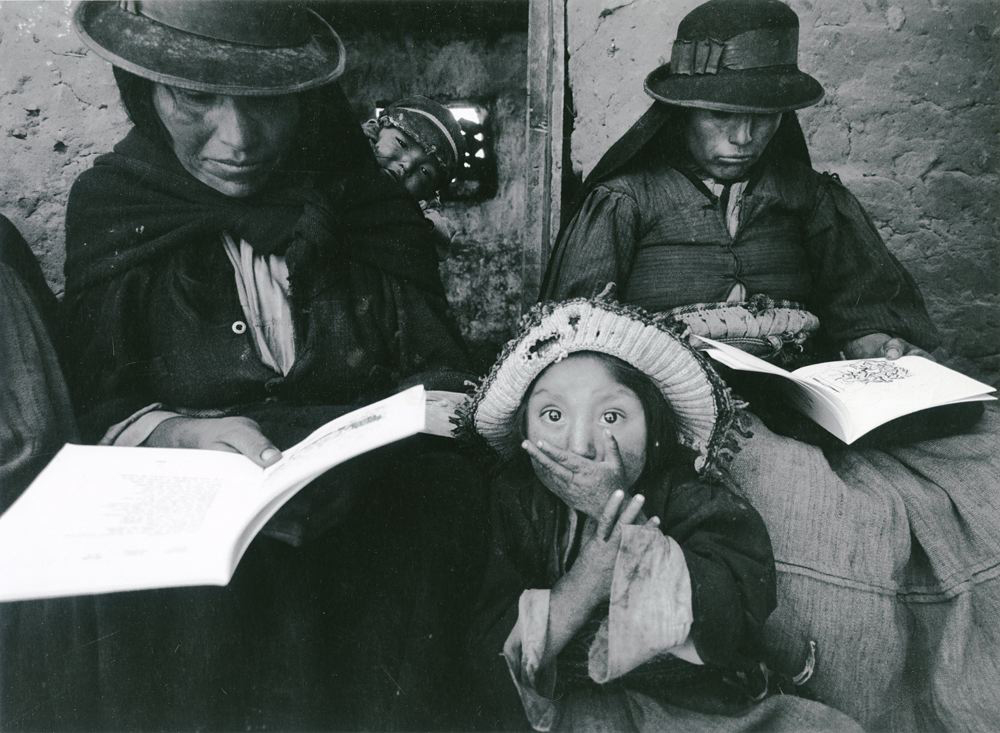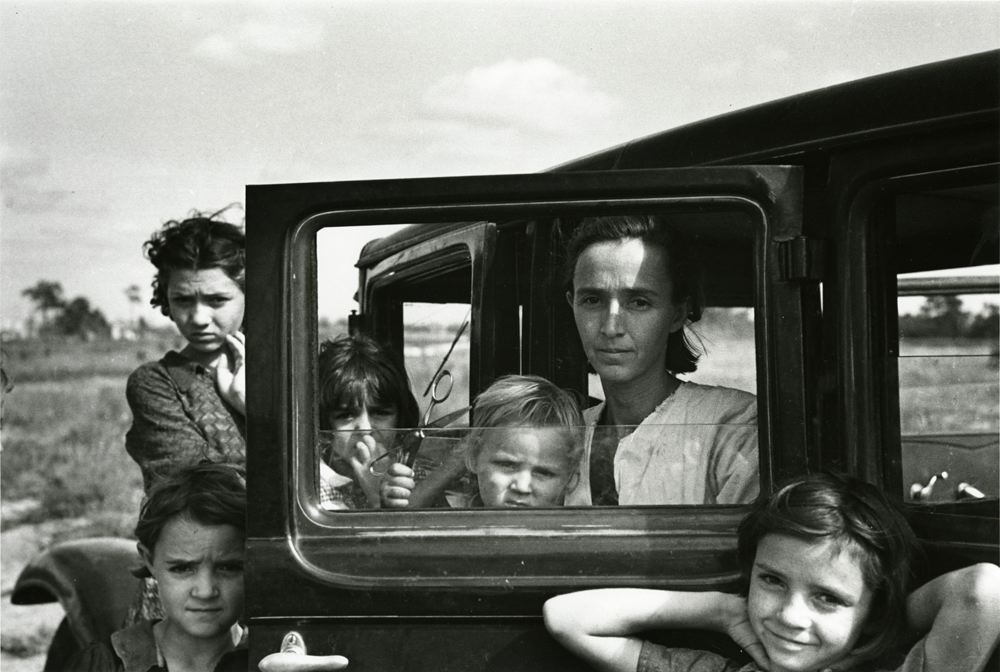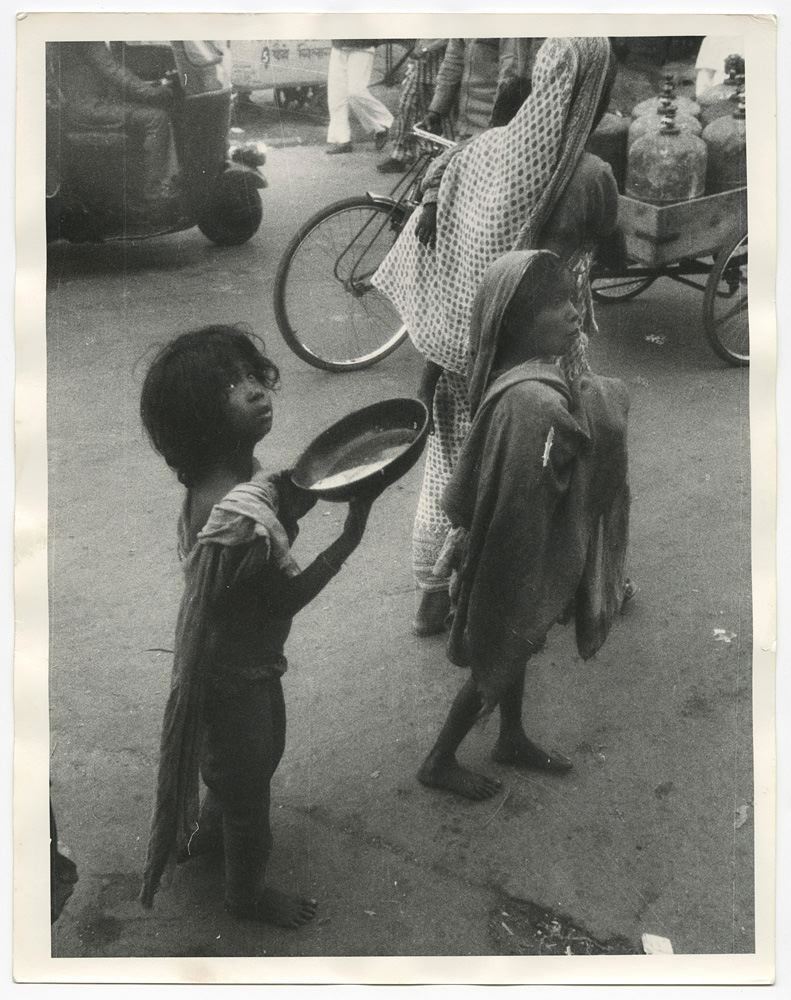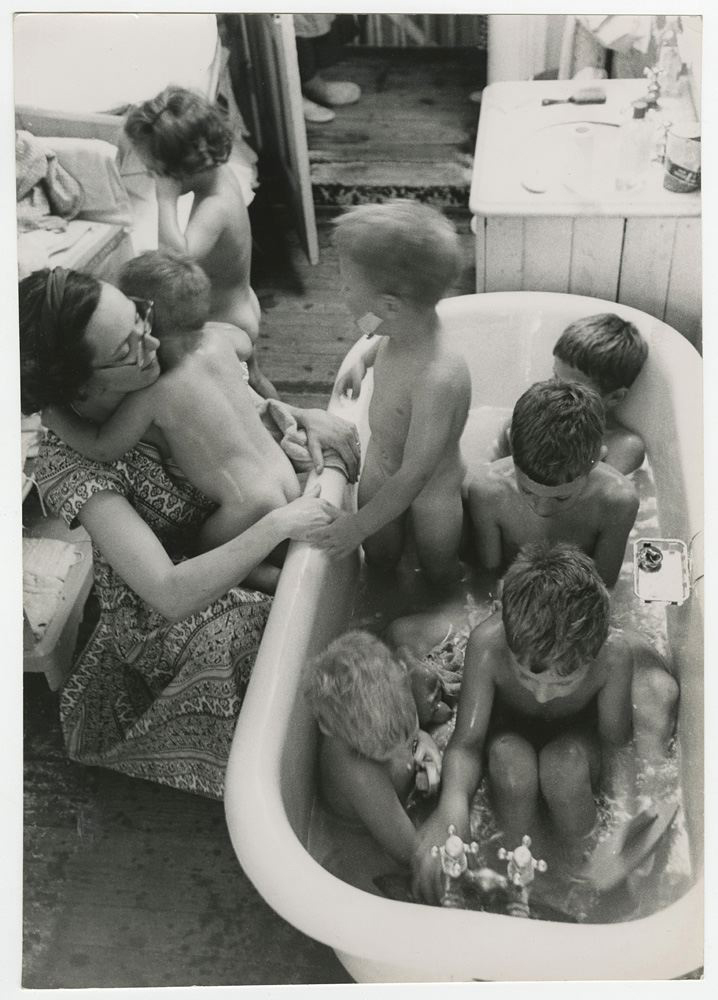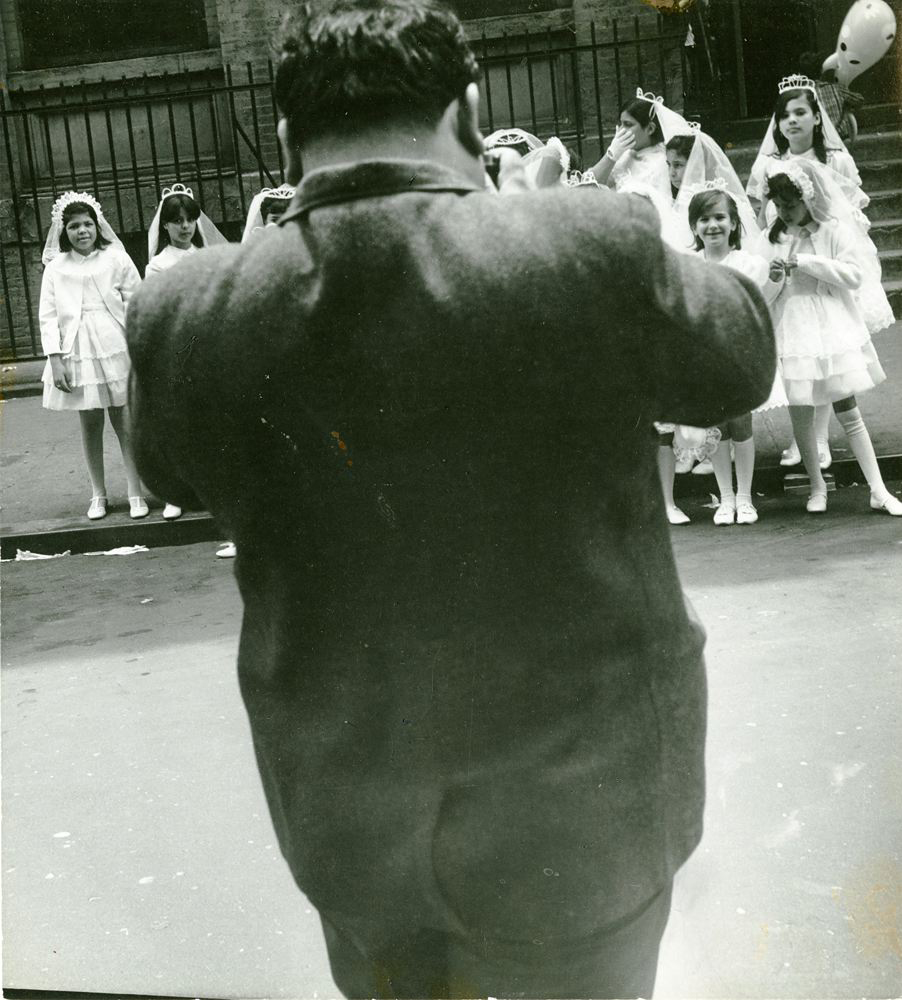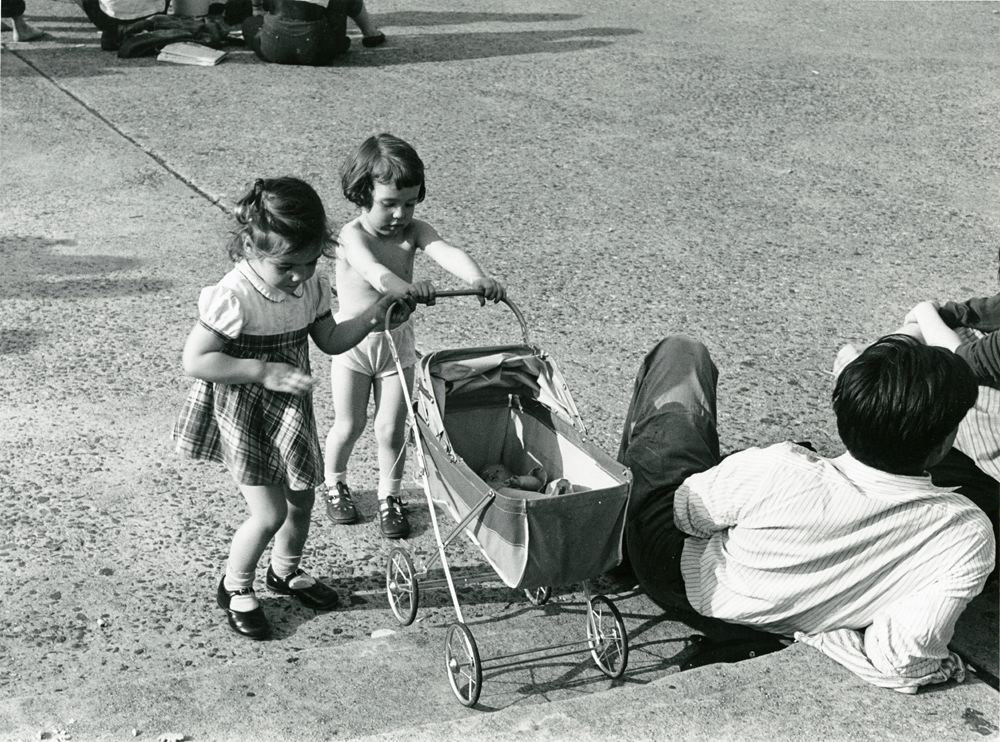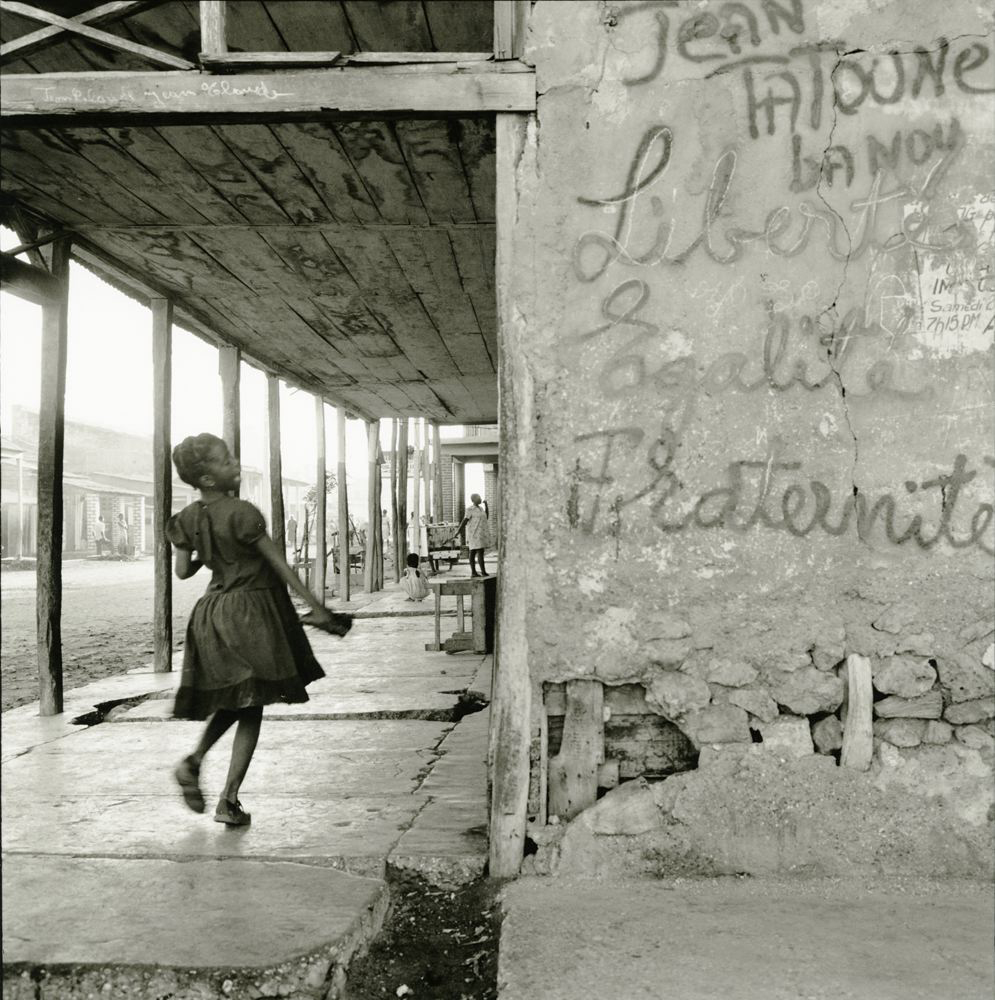The idea of childhood in Europe and America is almost as new as photography. Childhood as a concept developed in the 17th and 18th centuries through John Locke's philosophy of the tabula rasa. This theory that the human mind is a "blank slate" at birth encouraged parents to fill the blank slate in childhood with correct notions. Locke recommended "easy pleasant books" to help children engage and develop their minds. In the Romantic era, this concept of childhood centered around children as an allegory for innocence. Before these movements, children were considered incomplete adults. Besides infant Jesus and chubby cherubs, children were seldom depicted in art. Even in the case of infant Jesus, his physique often resembles an "incomplete adult" rather than a child. In the Romantic era, John Everett Millais was critiqued for his realistic approach in portraying a pre-adolescent Christ with dirty fingernails in his painting Christ in the House of His Parents (1849-50). The Impressionist movement saw a rise in childhood paintings, most notably by Mary Cassatt. Parallel to Cassatt, photography as an emerging discipline embraced the new concept of childhood when it was largely absent in paintings.
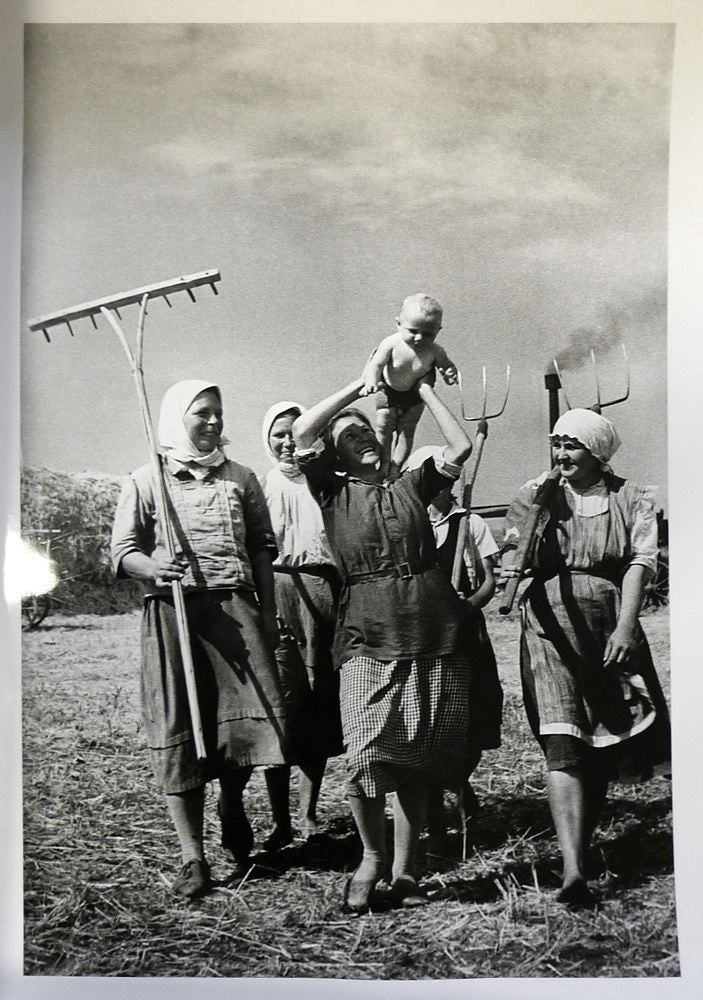
gelatin silver print (ferrotyped)
Mark Markov-Grinberg
When comparing Mike Disfarmer's photograph of a toddler to Mark Markov-Grinberg's photograph, the desire to still treat children as "incomplete adults" still partially permeated into the twentieth century. Mike Disfarmer photographed this baby girl in 1945, perhaps as part of his series of photographs of soldier's families. The staging of this photograph echoes daguerreotypes of the past with the still pose and barren surroundings. Markov-Grinberg's photograph shows the environment of children. The women in the photograph surround the baby, embodying the "it takes a village to raise a child" attitude. The mother carries the baby over her head to engage the child's sense of wonder from a new perspective. We also get a glimpse of how mothers in the Stavropol Territory of Russia have to be depicted as working mothers.
The concept of a "stay at home" mother focuses on suburban living situations. However, many mothers did not have the luxury of staying at home. Ken Heyman's photograph (left) shows women taking their children to their adult literacy classes. Arthur Rothstein (right) shows a mother who is an Oklahoma migrant who did not have a permanent home. These children traveled with her to find new work for the family on farms.
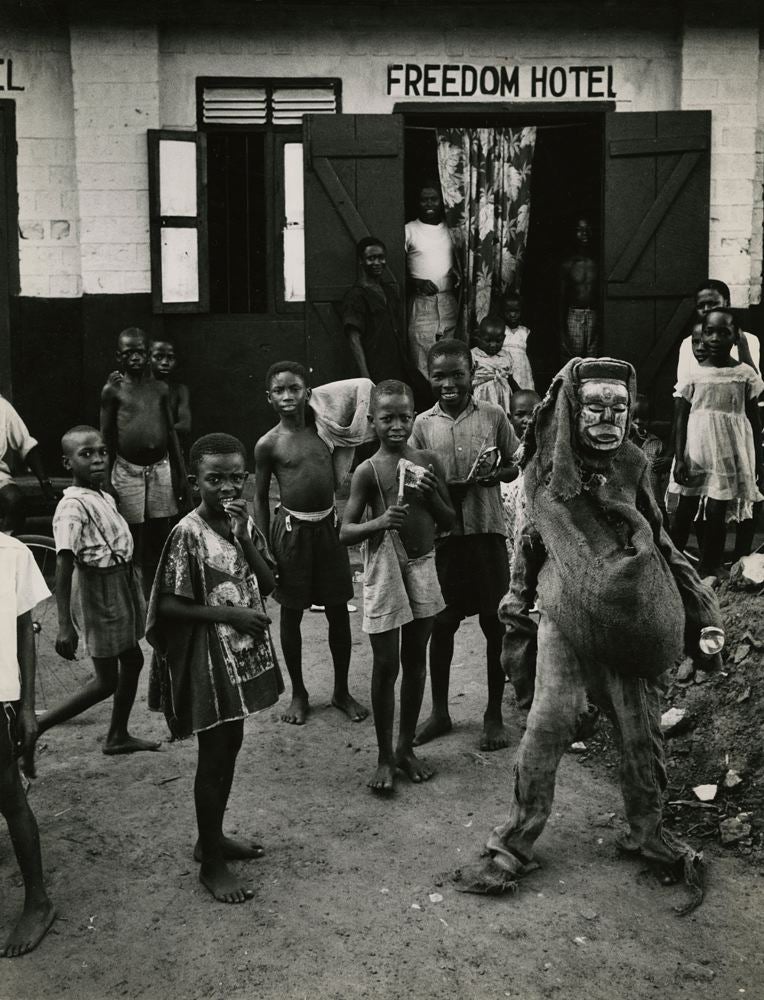
in front of Freedom Hotel Nigeria (1959)
gelatin silver print
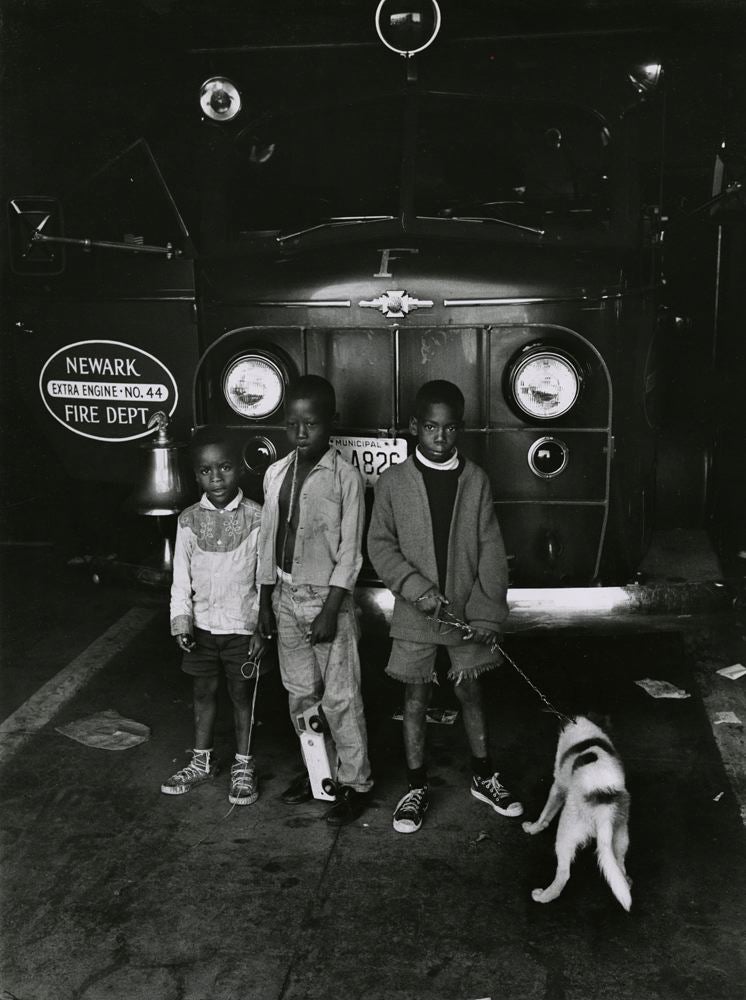
Department Fire Truck, Newark, New Jersey (1969)
gelatin silver print
Ken Heyman
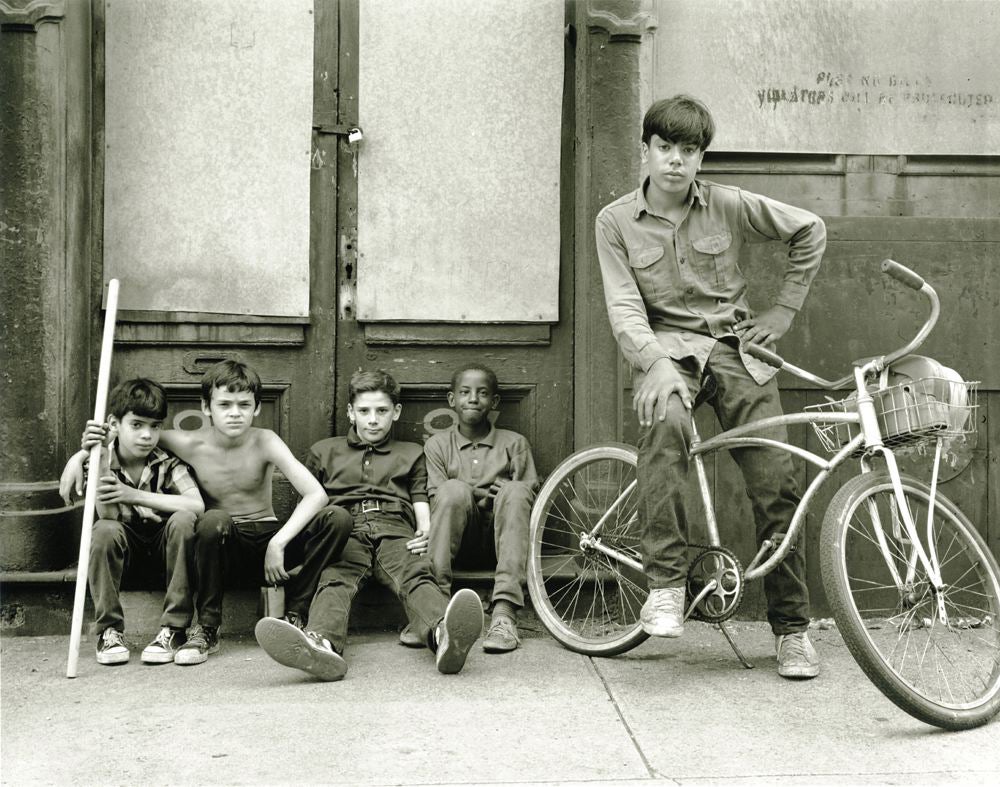
and Nelson, After Exploring the Buildings (1966-7)
gelatin silver print
Danny Lyon
--Katie O’Hara, University Art Collection Curatorial Intern and Graduate Student in Art and Museum Studies (Fall 2018)


